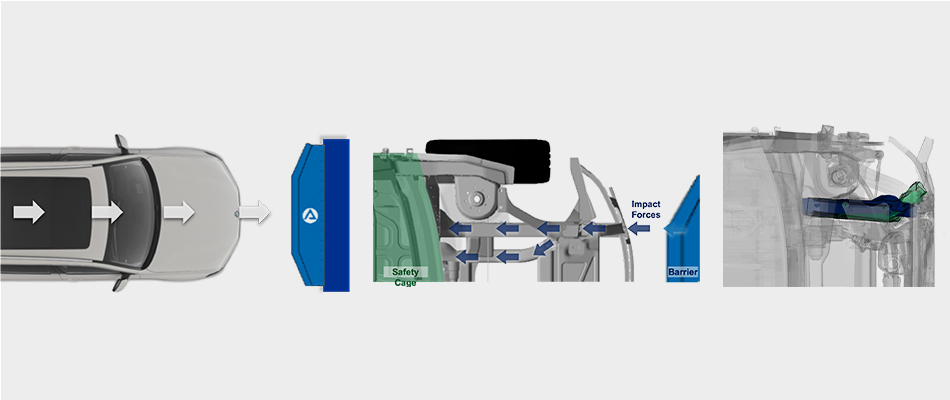Emulating Engineering Expertise with AI
Crashworthiness Optimization at BMW with AI-Enhanced Surrogate
Overview
Body in white crash design problems are computationally expensive, include opposing load cases and design criteria, and require a high degree of engineering expertise. By using machine learning (ML)-driven predictive surrogate modeling, BMW is able to emulate human expertise to shorten development cycles and uncover new insights for crashworthiness optimization.
Their Challenge
To ensure passenger safety, crash engineers must orchestrate the chain of events that needs to fall into place during a crash event. This includes judgments on which crash kinematic is favorable combined with the timing of discrete events such as bolts
breaking or parts coming into contact at the right time. Handling key performance indicators including energy absorption, peak force level before failure, local displacements, and weight, however, can either be too complex or result in over-constrained
optimization problems, making it difficult to confidently validate crashworthiness within the fast-paced product development process.


